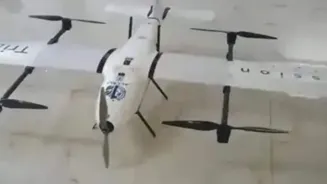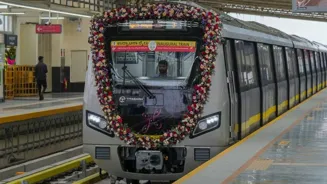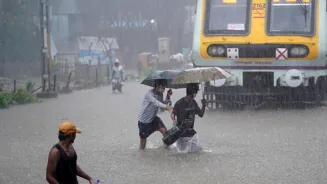In a first for India, drones will be used to trigger artificial rain in the Ramgarh Dam area of Jaipur on Tuesday, marking a breakthrough in drought relief efforts for Rajasthan’s agriculture sector.
Agriculture
Minister Dr Kirodi Lal Meena will inaugurate the trial at 2 pm, said officials, adding that many industry experts will oversee the initiative.
The pilot project, jointly undertaken by the Rajasthan Agriculture Department and US–Bengaluru-based technology firm GenX AI, will involve 60 cloud-seeding test flights over the Ramgarh region.
Until now, artificial rain in India has only been attempted using aircraft, covering large swathes of land. This trial will be confined to a small, targeted area.
A team of scientists has been stationed in Jaipur for days, carrying out preliminary drone tests. Residents have been invited to witness the historic launch.
Know How It Works
Cloud seeding involves dispersing substances such as silver iodide, sodium chloride, or dry ice into clouds.
These particles act as nuclei around which moisture condenses, forming heavier droplets that eventually fall as rain.
The method has been used internationally, but its success depends on the presence of sufficient cloud moisture.
Past attempts in Rajasthan have had mixed results.
Two years ago, a Rs 10-crore cloud-seeding exercise at Bhaisunda Dam in Chittorgarh, conducted with aircraft, failed to produce rainfall despite chemical dispersal.
Officials hope that using drones — which can target smaller, specific zones — will make artificial rain more efficient and viable for drought-hit areas.















